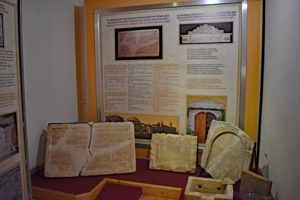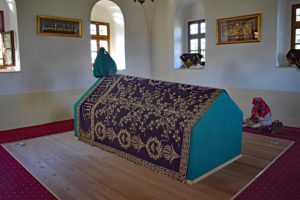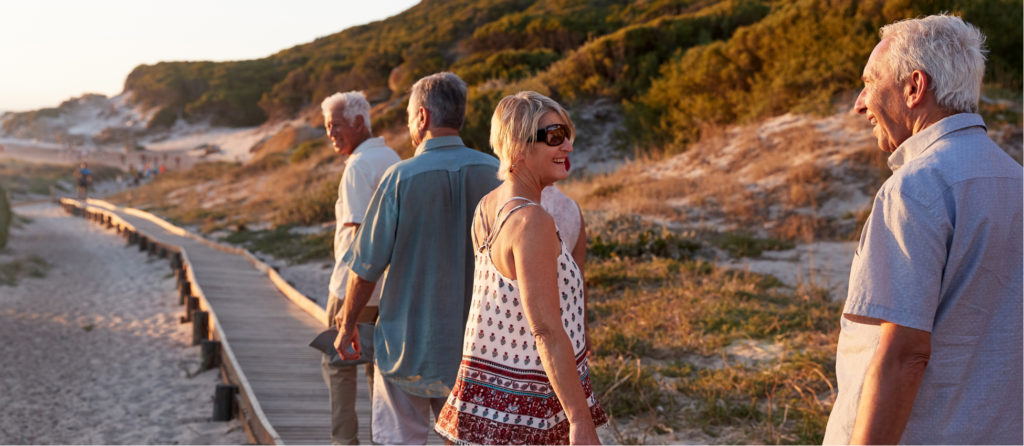Whilst on a five-day tour of Kosovo, our itinerary included visits to the “Adem Jashari Memorial Complex”:https://www.silvertraveladvisor.com/review/attraction/203091-review-adem-jashari-memorial-complex and “Gazimestan Memorial Tower”:https://www.silvertraveladvisor.com/review/attraction/203117. The latter commemorated those killed in the Battle of Kosovo, 15 June 1389, during which the Ottoman leader, Sultan Murad was killed as was the leader of the Serbs, Prince Lazar.
We’d not spied the Sultan’s “tomb”:http://www.sultanmurad.com/ from the tower, but as it was only a short drive away, our guide for the day, Enes, suggested visiting. As the official guide was at Friday prayers, his replacement gave us a good account in Turkish which Enes interpreted.
Having seen a mulberry tree, believed to be the only living survivor of the battle, we passed through an arched gate. We firstly visited the two-storied white-washed house which was originally a guesthouse for visitors to the mausoleum or tűrbe. It was later used as a training school for Communist Party apparatchicks. The restoration and conversion into today’s museum, was funded by the Turkish Government, but it is maintained by family members. In the rooms, we found a plethora of objects and information: models of the sultan, his advisors and security guards; maps depicting military battle positions and areas conquered by the Ottomans; and musical instruments used for communicating long before mobile phones. Old black and white photos contrasted with more recent coloured photos of important visitors which included President Erdogan, along with the visitors book signed by him. There was also a recreation of the room where people would have been received and a display of fountains. These were important as discovering a mountain spring and marking it with a concrete fountain, was said to give you merit in the afterlife.
Having taken off shoes, we entered the nearby round-shaped mausoleum with its turquoise cupola. The location is believed to be on the spot where the Sultan’s tent was located during the battle and is where he died. Here we found a lady sat quietly on the floor at the side of the tomb reading. The hand painted dome incorporated Ottoman floral patterns with Arabic scripture whilst the tomb was covered in Islamic-influenced dark green fabric, again using Arabic scripture. We were told that the actual remains of the Sultan are now in the Imperial Museum in Bursa, the first capital of the nascent Ottoman empire, but the vital organs are still held in the tomb.
Having been invited into the house adjacent to the museum for tea by two elderly Turkish ladies, we unfortunately had to refuse due to our tight schedule.









